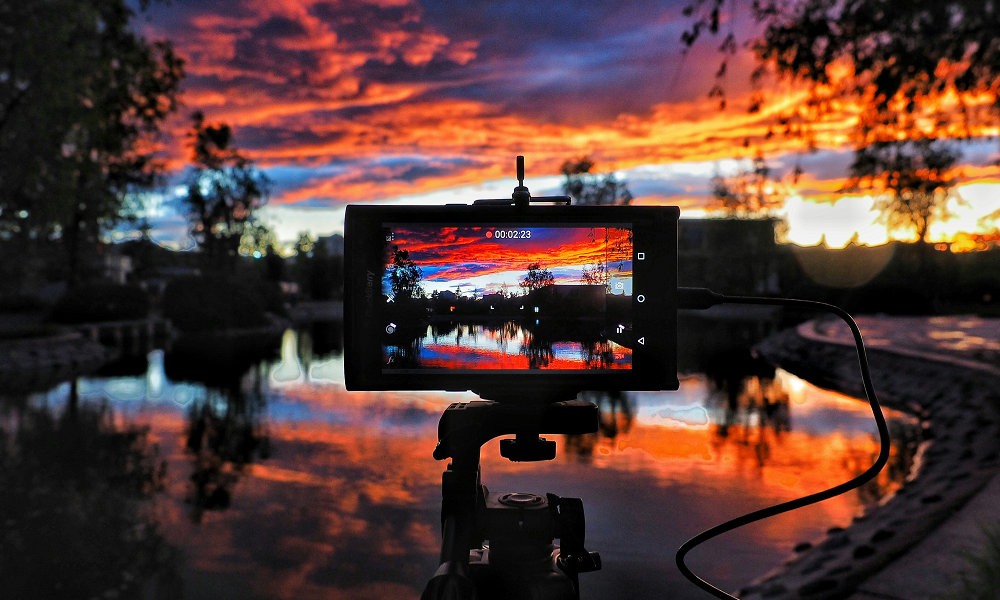Reviews
Maintenance and Care for Tripod Risers: Ensuring Longevity and Performance

Risers are a great piece of gear for photographers and videographers to use. It doesn’t matter whether you shoot with a stills or motion camera. If you want to keep them working reliably in the long run, proper maintenance is key. Luckily, it doesn’t take a lot of time or resources. In this insightful guide, you can find tips for keeping your risers in excellent working condition and extending their durability.
Understanding Tripod Riser Components
A tripod is a very important piece of equipment when making videos and photos, but like any equipment, it is also made of parts that keep it in working order. These parts include:
- The legs that provide stability
- The locking mechanisms that make adjusting the height possible
- The central column that allows for different shooting angles
It’s important to ensure the tripod riser is in good working order so that your tripod can remain standing. Without a working riser, your tripod may collapse. So, let’s see what steps you can take to ensure your tripod riser always remains in great working condition.
Regular Cleaning
Over time, dust and grime can collect on the tripod stands and impact how well they work. To keep them in good shape and performing smoothly, it’s important to clean them. You can use a cloth or brush to get rid of any dirt, dust, or grime on the legs and joints.
If there’s dirt or grime that won’t come off easily, you can use a toothbrush dipped in warm soapy water. However, make sure everything is completely dry after cleaning. Just be careful not to use chemicals, as they could harm the surface or cause metal parts to corrode.
Inspecting for Wear and Tear
Regular inspections, such as checking for any wear and tear, are useful in spotting minor problems before they become more serious. This includes examining the locking mechanisms and legs for damage, as faulty parts can lead to instability or other safety issues.
By tightening screws and replacing broken or worn-out parts, you can keep the tripod strong and safe for the intended use.
Lubrication for Smooth Operation
Tripod risers can move smoothly when friction causes them to. To maintain your tripod, lubricate the moving parts regularly with silicone-based lubricants applied sparingly to the joints and locking mechanisms to prevent wear and tear and ensure seamless operation when shooting outdoors. Avoid using oil-based products, as they attract dirt and dust, which can gunk up your tripod.
Proper Storage of Tripod Extensions
To keep your tripod in condition and make it last longer, it is best to store the tripod extensions when they are not being used. The ideal storage place would be a dry area away from sunlight and moisture.
Use a case or bag to protect the tripod from dust and accidental falls. Avoid leaning it on walls or placing heavy items on top, as this can damage or strain the legs.
Handle With Care During Transportation
When transporting risers, it’s important to handle them with care to avoid any damage during the journey. Pack the risers in bags or cases for protection while traveling. Avoid mishandling them, such as tossing or dropping them, which could misalign parts or lead to fractures. Handle them delicately to ensure the risers reach their destination in condition and are ready for use.
Potential Problems
Tripod stands can have many problems. For example, screws can come loose, legs can bend, or the locking mechanisms can fail. Addressing these problems can prevent serious damage.
You could tighten screws and gently straighten the legs. Make sure that you replace any locks to guarantee stability and safety when using it. If these problems are taken care of in time, it can help maintain the functionality of the stand.
Upgrading components
Over time, it is possible that certain components may need to be upgraded or replaced as needed for optimal performance levels to be sustained over a period of use. So, you may want to consider upgrading locking mechanisms and rubber feet for enhanced stability and grip.
It is also important to replace any worn-out or outdated parts to guarantee compatibility with equipment and ensure efficiency and reliability in the future.
Following a Fixed Schedule
By staying on top of maintenance tasks, you can ensure that your equipment remains reliable and durable for all your photography and videography needs. Regularly performing checks and maintenance tasks can also help prevent wear and tear and prolong the lifespan of your equipment.
In Summary
We’ve all experienced the frustration of a product going bad way too soon. Often, this isn’t due to a manufacturing defect but how we care for and clean the item. This is true of many products— camera risers included!
A diligent and thorough maintenance routine is key to ensuring that your camera riser lasts and continues to provide the same level of performance over time as you expect. If you take the time to clean your risers properly, inspect them for damage, and handle them with utmost care, they will provide you with years of excellent service.

-

 World1 week ago
World1 week agoEthiopian volcano erupts for first time in thousands of years
-

 Health2 days ago
Health2 days ago8 kittens die of H5N1 bird flu in the Netherlands
-

 Legal7 days ago
Legal7 days agoUtah Amber Alert: Jessika Francisco abducted by sex offender in Ogden
-

 US News6 days ago
US News6 days agoExplosion destroys home in Oakland, Maine; at least 1 injured
-

 Health7 days ago
Health7 days agoMexico’s September human bird flu case confirmed as H5N2
-

 Legal3 days ago
Legal3 days ago15 people shot, 4 killed, at birthday party in Stockton, California
-

 World7 days ago
World7 days agoWoman killed, man seriously injured in shark attack on Australia’s NSW coast
-

 Health6 days ago
Health6 days agoMarburg outbreak in Ethiopia rises to 12 cases and 8 deaths




